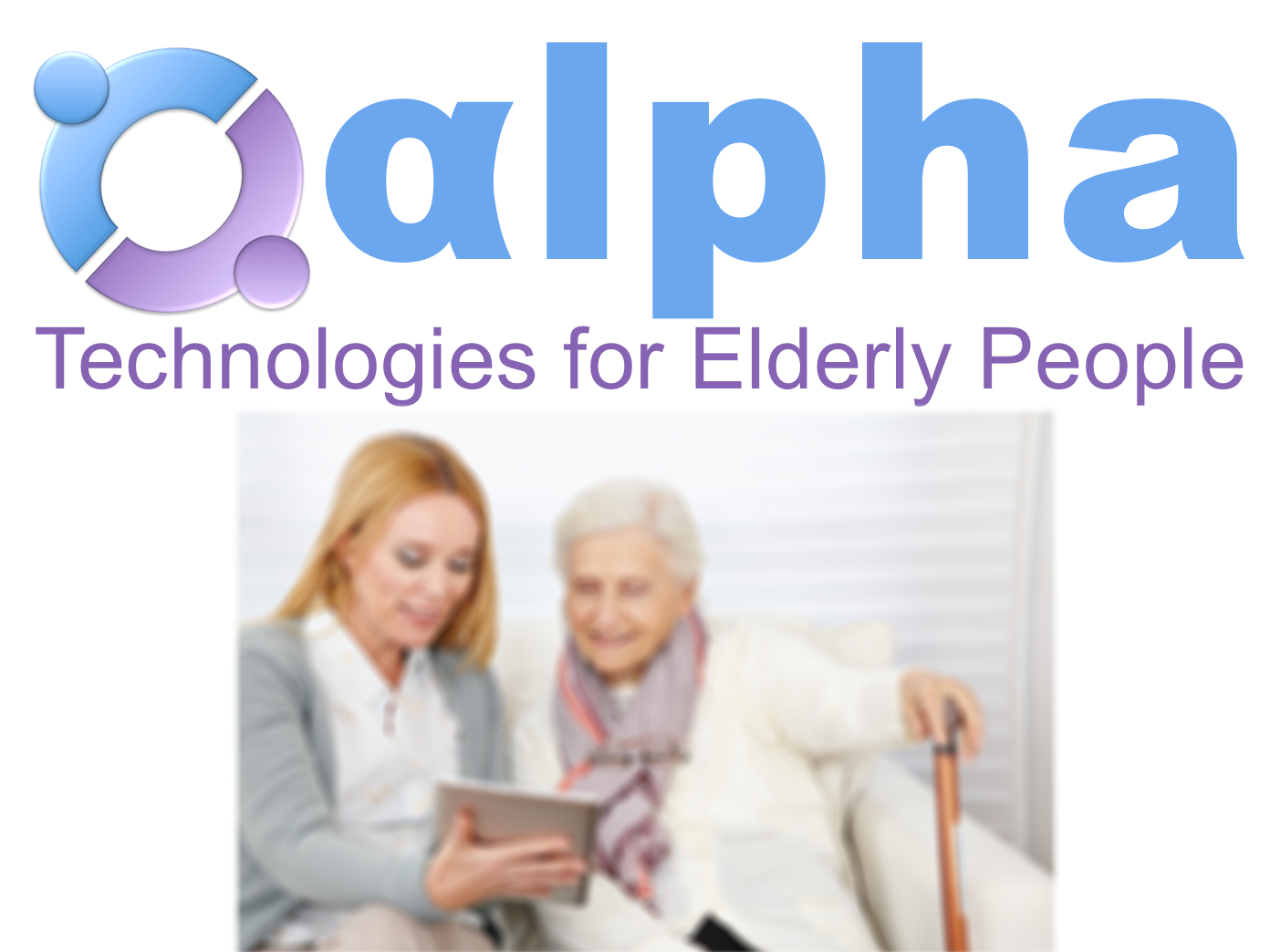ALPHA: eAsy inteLligent service Platform for Healthy Ageing.
START DATE January 2015
END DATE June 2018
The ALPHA project aims to develop a new, intelligent, situation-aware system able to collect, process and store information about abnormal behaviors performed by the AD patient in conjunction with context information that ha been demonstrated may affect the way the abnormal behavior manifest. The system has been designed as a three-layered Service Oriented Architecture to monitor patient’s vital signs both indoor and outdoor. At the bottom layer, a set of software components collect data from a variety of sensors such as: 1) accelerometers, for the detection of the patient’s motion; 2) electrodermal sensors, for the detection of the patient’s degree of stress and agitation; 3) actigraphs, for the measure of the quality of sleeping; and, 4) ambient sensors, for the collection of parameters such as temperature, light and sound of the surrounding environment. Currently, this layer is in charge of setting up the communication between sensors and the rest of the platform and is able to handle three kinds of connections: Wi-Fi, Bluetooth and USB. The middle layer is in charge of processing and correlating all the data-flows in order to detect abnormal behaviors and provide the clinicians with new quantitative and semantic information. Such data, in conjunction with other clinical data, will enhance the accuracy and the reliability of the assessment of the patient’s health status. The top up layer includes a set of functionalities for the presentation to the clinician of the relevant clinical information inferred from the collected data in a proper way. It would be almost completely useless, indeed, for the clinician, the presentation of the full set of collected data. On the contrary, the clinician will be driver by the system directly to “the point of interest”; that is, the system will automatically emphasize the abnormal signals during the manifestation of an abnormal patient behavior.

